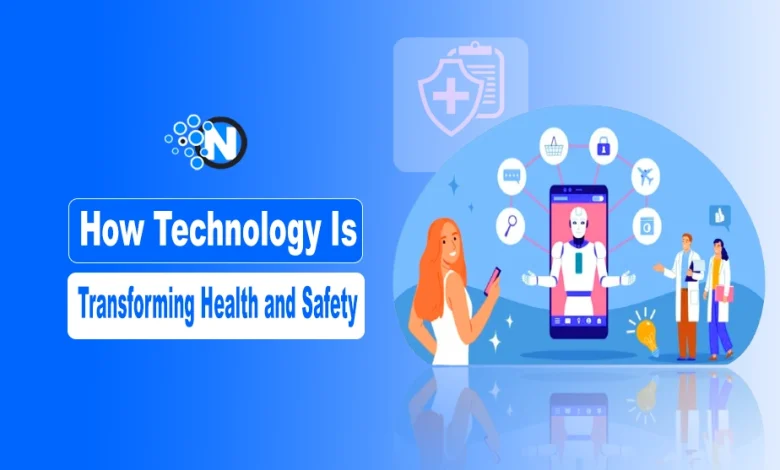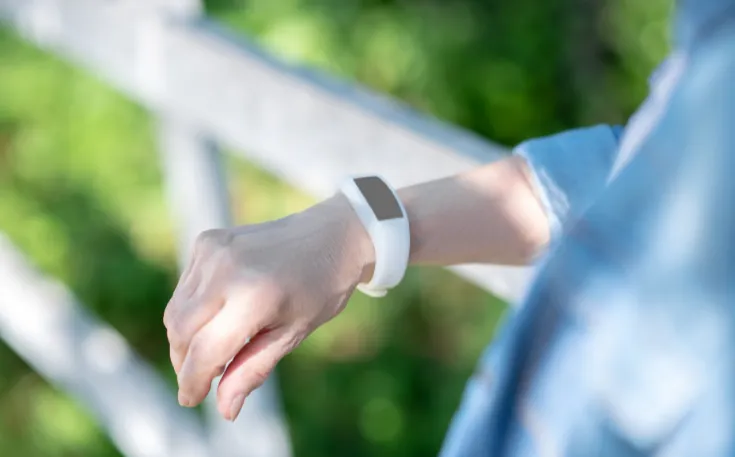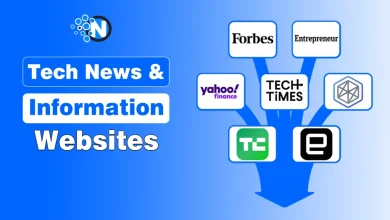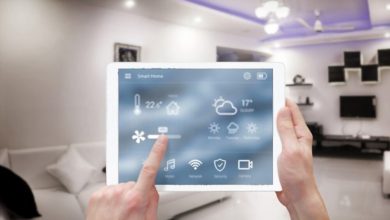How Technology Is Transforming Health and Safety for Seniors and Families

Technology has transformed everything from how we work and shop to how we communicate with family. Tech is increasingly vital for health and safety, especially for seniors and their families.
From smart devices that monitor health in real time to home systems that provide peace of mind, technology makes living independently while being connected easier. This change is important for older persons who want to stay at home longer and for their families who support them.
I this blog post, I will explore how technology is transforming health and safety for seniors and for their families.
Let’s start!
Technologies Transforming Health and Safety for Seniors and Families
Medic Alerts
As elders become more active and independent, safety must change. Landline-based alarm systems are no longer the only choice. Modern mobile medical alert systems have GPS tracking, fall detection, and direct communication with emergency response centers for on-the-go users.
That leads to a common and important question: is it time to get a mobile medical alert? This may be true whether you or a loved one spends time alone, lives independently, or needs extra support while exercising. These technologies blend independence and safety, offering users and families confidence in daily life.
Some types include water resistance and lengthy battery life for 24/7 protection while walking or running errands. These services can help maintain independence and provide a safety net in case of emergency.

Smart Devices That Support Everyday Wellness
Many families use smart health gadgets to measure and manage wellbeing beyond alert systems. Wearables like fitness trackers, smartwatches, and health monitors help consumers track steps, sleep, heart rate, and blood oxygen levels.
This tracking can help elders maintain routine and spot health issues early. They link with cellphones or tablets and include apps caregivers or loved ones can use for reassurance. Simply using Bluetooth thermometers, smart scales, or blood pressure monitors can help seniors maintain their health without frequent doctor visits or tedious record keeping.
Home Tech for Safer Living
Smart home technology is making it easier for older adults to navigate their day with less risk. Features like motion-sensor lighting can prevent falls at night, while smart thermostats keep the temperature just right without requiring constant adjustment.
Voice-activated assistants like smart speakers allow users to set reminders, check the weather, or call family members without touching a button, perfect for people with limited mobility or visual impairments.
Medical dispensers that alert users when it’s time to take medication or notify family if a dose is missed are also growing in popularity. These small additions can go a long way in helping seniors stay safe and independent while offering peace of mind to family members.
The Role of Communication Tools in Emotional Health
Staying connected is just as important as staying physically safe. Technology is also helping improve the emotional well-being of seniors by making communication easier and more meaningful.
Video calls through apps like Zoom or FaceTime are helping families stay close, even when miles apart. It is particularly valuable for seniors who may live alone or have limited mobility. Seeing familiar faces and having regular conversations beyond text messages or phone calls can reduce loneliness and boost mood.
There are also user-friendly social platforms and communication apps designed specifically for older users, with larger buttons, simplified layouts, and privacy features. These tools are helping more seniors take part in social interactions and family updates without feeling overwhelmed by modern technology.
Supporting Caregivers with Real-Time Access
Technology helps more than just older people. It also makes things easier for parents. Apps that let families plan care, make appointments for doctor visits, and share news are quickly becoming necessary for managing care from afar.
Some platforms let people stay up to date, share chores, and keep track of medication schedules at the same time. This shared access cuts down on stress, keeps people from misunderstanding each other, and makes sure that no one person has to carry the whole job.
Smart home devices and mobile medical warning systems often come with caregiver dashboards or mobile notifications as well. That way, if something goes wrong, like a fall or forgetting to take their medicine, loved ones will know right away, without having to worry or check in on them all the time.
Data Privacy and Choosing the Right Tools
Privacy is a real issue these days because so many gadgets are collecting personal information. It’s important to pick tools and services that put privacy first and make it clear how your data is used.
It is best to find systems that let you control who can see health or safety info and use encrypted connections. Reliable providers will be clear about how they handle data and give you easy ways to change your account settings.
Also, when choosing a device, think about how easy it is to use. For many seniors, a new tool’s ease of use, battery life, and ability to get help quickly can make or break their experience with it.
Looking Ahead: The Future of Health and Safety Tech
The tools we use now are just the start of how quickly technology is changing things. It’s becoming more common for AI, predictive health data, and even robots that can provide care from a distance to be used in senior care.
There are already more and more tools that can look at patterns of behavior to spot risks before they happen. For example, changes in movement patterns can show that someone is more likely to fall. Many of these sound like things from the future, but they are already being made or tried in the real world.
For families and adults, this means that they will soon be able to get more personalized and responsive help, as well as tools that can be changed to fit each person’s needs and care that fits easily into everyday life.
Final Words
It’s not the goal of health and safety technology to replace human connection; it’s to help it work better. These tools are meant to make families feel safer, give seniors the freedom to live on their own, and ease the stress of caring.
Every little step counts when you’re thinking about getting a mobile medical alert system, automating your home, or trying out a smart tracker. The right tool can give everyone in the family peace of mind and make life better, not just the adults.
Start with the option that will help you the most right away. Check out how it fits into your schedule and make changes as needed. With the right mix of care and tech, you can make your loved ones’ futures safer, healthier, and more linked.



